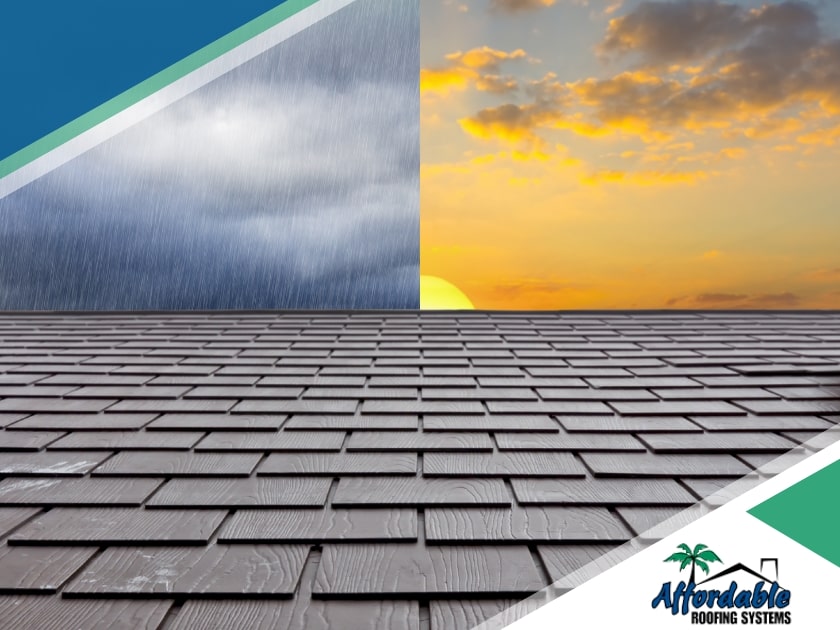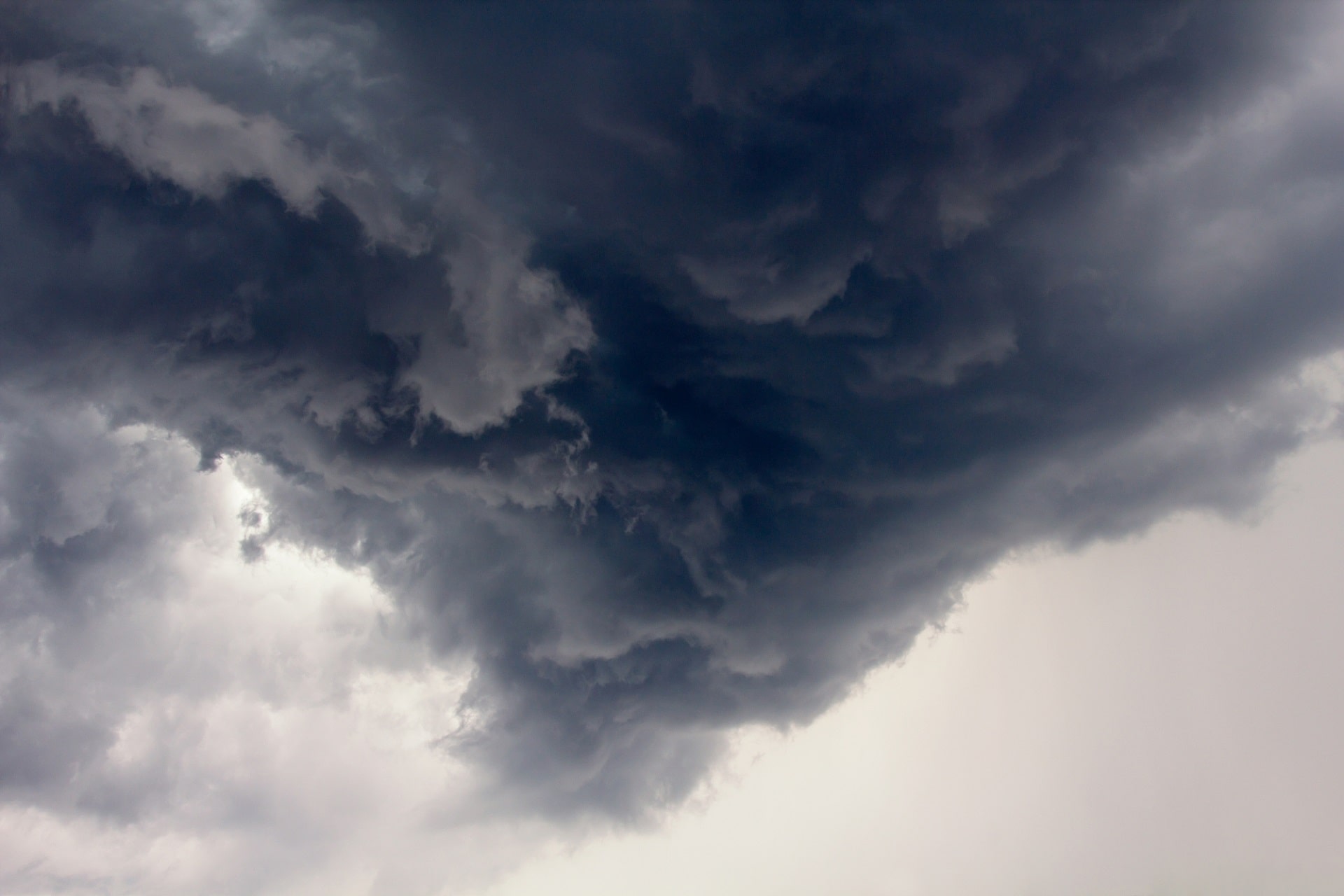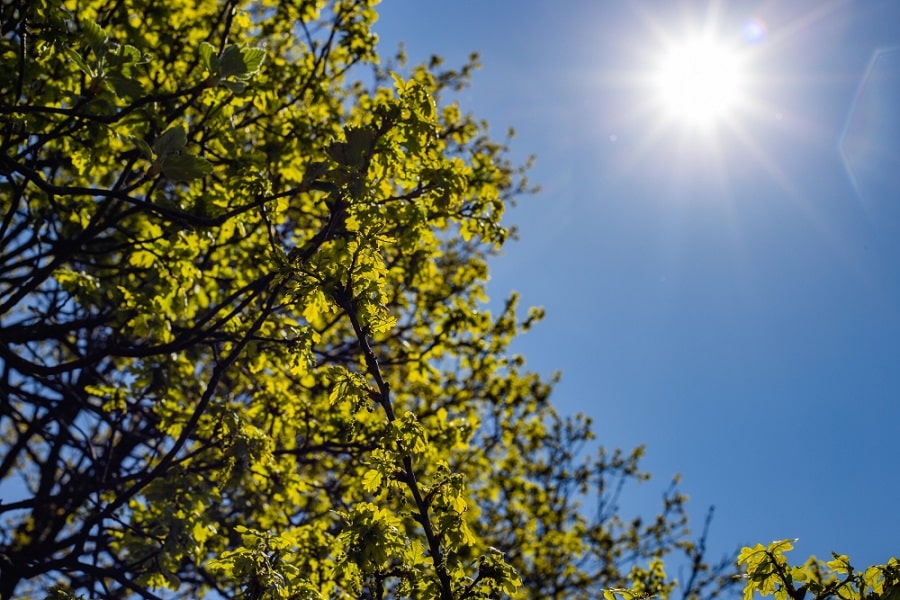How Weather Can Damage Your Roof
Read on to identify the damage that weather can do to your roof as the seasons change. Changeable weather...

Fluctuating weather can cause a variety of problems in your home. In particular, extreme weather conditions can cause issues with your home's foundation, roof, pipes, and other components.
As temperatures rise, so can the humidity level in your home, leading to mold, mildew, and other moisture-related issues. On the other hand, when temperatures drop, the extreme expansion and contraction of your home's materials can lead to cracks in your walls, floors, and wood trim separating. In addition, the more exposed pipes you have, the higher your chances of experiencing frozen pipes in the winter.
Many homeowners often only notice issues caused by weather damage once it's too late. Unfortunately, these issues contribute to an increase in energy bills and usually lead to more expensive repairs.
So how does fluctuating weather affect your home? To help you know more about weather damages and identify what to look out for, we've listed some of the most common weather conditions and the problems they may cause.
High Winds
High wind conditions have a speed of 40 to 57 mph. They typically occur during bad storms or hurricanes, which are common in Florida. But they can also appear on a seemingly straightforward day.
Although a strong breeze can be great for flying kites, high winds have the potential to damage your home. Here are some examples of the damages caused by high winds:
- Leaky Roof
High winds may cause water to penetrate your home, leading to a leaky roof. The good thing is that signs of a leaky roof are probably the easiest weather damage you can spot. This is because they can be seen from the inside of your home. Signs of a leaky roof include water stains on your ceiling and walls or the wet roof decking. - Missing, Lifting, or Curling Shingles
Depending on the wind's strength, you might experience missing, lifting, or curling roof shingles. To determine if you have missing shingles, you can look for fallen shingles around your property. You can also look up as missing shingles are apparent. Curling shingles might not be as noticeable as missing ones, but they can often be seen around the roof's edges or near the flashing.
However, to identify lifting shingles, you might need a professional roofer. They need to go up your roof to check for shingles with loosened nails. Lifting shingles are likely to have broken sealants which can lead to water leaks. - Gutters Loosened, Dented, Or Fallen Off
Spotting broken guttering should be easy since it's located in the exteriors of your roofing system. However, what you find in your gutters can be a telltale sign of roof damage.
Finding shingle granules in your gutter is normal. They might be blown off by high winds or washed away after heavy rains. However, if you find many granules in your gutter, the life of your roof is nearing its end and should be replaced soon. - Cracked Or Separated Flashing
Flashing can be found around windows, chimneys, pipes, and the valleys between roofs. The primary purpose of installing flashing around your house is to direct the water flow away from your home and prevent it from seeping in between cracks. But since flashing is on the exterior of your home, it becomes an easy target for high winds to lift. That's why it's advisable to have your roof checked by a professional after high winds or storms to prevent any issue from causing damage to your property. - Fallen Trees, Debris, and Branches Over Your Roof
Fallen trees, branches, and debris are common after high winds. Fallen trees might create a hole in your roof, debris can clog your gutters and downspouts, and branches near your roof can be a highway for critters and insects to get into your house. All these should be removed immediately as they can leave homes susceptible to more problems.
Rains
Prolonged periods of heavy rain and flooding are often issues during a warm, wet winter. These extreme weather conditions can significantly destroy your home's integrity by leaving it damp and vulnerable to damage.
Homeowners might encounter three types of dampness during cold and wet weather: condensation, penetrating, and rising dampness.
Condensation is when a gas turns into liquid. It often occurs when excess moisture inside the home cannot escape. Excess moisture might be caused by steam from boiling or cooking, overuse of humidifiers, long showers, and more. Condensation happens when this humid air has nowhere to go and touches cold indoor surfaces.
Penetrating damp occurs when water enters a home through the exterior walls and then spreads inside the interior. The causes of penetrating dampness often include defects in the building, such as blocked pipes, clogged gutters, or missing roof tiles. It can also be due to the age of or damage to the brickwork.
As the name implies, rising dampness is caused by groundwater coming up through the floor or walls. You'll know your home is experiencing rising dampness when you notice peeling wallpaper or wall damage.

- Mold or Mildew Colonies
Mold or mildew grows in damp, warm, and dark places. Using extractor fans and ensuring windows are opened regularly can help ventilate these areas and prevent mold growth. - Algal Growth On Roof
Algal or algae growth is evident on light-colored roofs as they have a black-green hue. Just like molds, algae thrive in moist conditions. But what causes roofs to stay damp when they are often exposed to sunlight? It can be due to clogged gutters, dead leaves, debris, and trees or branches too close to your roof. - Displaced Shingles Or Damaged Gutter Sections
Heavy rains, especially when combined with strong winds, might cause your shingles to come off or damage your gutters. You might not be able to prevent this from happening, but what you do afterward can help avoid further damage to your roof. - Holes or Gaps In Roofing Materials
Rainwater can push roofing materials away from each other. Although these gaps are not significant, they are enough to let water into your roofing system. - Rotting Wood And Pests
The water leaks from the holes in your roof that can reach the wooden parts of your roofing system. This might cause your deck and trusses to rot, affecting the appearance of your roof and attracting pests that can further weaken it. - Lingering Moisture
Without proper ventilation, your roofing system might experience remaining moisture, especially during wet weather seasons. This can lead to mold growth and decay. - Pools of Precipitation On Roof
In areas with freezing temperatures, rainwater left to sit on the cracks in your roof can freeze. This frozen water can cause building materials to expand, and once melted, they will leave a hole in your roof.
Water pooling on the roof can still be a problem in areas with hot weather. If your roof has lots of debris, water might not be able to drain. This damp and warm condition can be a good breeding place for molds or algae. - Weed Or Vine Growth In Gutters
If not cleaned regularly, debris and dead leaves can build up on your gutters. These, plus the water from the rain, can make your gutters a perfect spot for weeds or vines to grow.
Hail Storms
Hail storms can cause significant damage to your property. And since your roof is your first line of defense against extreme weather, it's not surprising if they suffer the most during a hail storm.
The damage your roof sustains during a hail storm will depend on certain factors, such as the size and speed of the hail, roofing materials used, and even the slope of your roof. Hail damage can range from cosmetic issues to more severe and expensive problems.
- Granule Loss
Granules are tiny bits of crushed stone applied to your asphalt shingles. Their primary purpose is to provide reflectivity and protection against the sun's ultraviolet rays and extreme temperature changes. Granular loss happens over time as your roof shingles age. But severe weather conditions such as hail storms might cause these granules to shed off faster, reducing the lifespan of your roof. - Cracks In The Shingles
Hail sizes can range from the size of a pea to the size of a golf ball. Combined with their size and their speed, hail impacts can cause cracks in your shingles, leaving your roof bare and exposed to the elements. - Exposed Fiberglass Mat
The purpose of fiberglass mats in roofing is to boost the tear strength of roofing shingles. Hard hail impact can shatter the shingles, exposing the fiberglass mat underneath. - Fractured Fiberglass Mat
Once the fiberglass mat is exposed, it will be susceptible to damage. A fractured fiberglass mat can be harder to identify and may require a professional. - Weakened Self-Seal Strip
The self-seal strip helps eliminate leaks on a roof, reducing the labor required. However, hail storms can cut self-seal strips, which in turn causes roof shingles to be easily blown off.
Temperature Fluctuations
Temperature fluctuations are changes in the temperature of a given area over some time. One moment you're experiencing hot temperatures, and the next day you might have colder weather.
Although these changes are a natural part of the earth's climate patterns, extreme temperature changes can harm your roof and even your heating and cooling system. Due to the changing temperatures, homeowners are in a constant limbo of switching between their air conditioning and heating system. This causes the HVAC system to malfunction, which can be expensive to repair. And when it comes to your roofing system, extreme and frequent changes in temperature can cause the following problems:

- Loose, Crumbling Shingle Granules
Temperature changes can cause shingles to expand and contract, causing them to lose their granules easily. - Curling, Peeling Shingle Products
Although most shingle problems are caused by wear and tear, changing temperatures will eventually cause asphalt shingles to shrink and become brittle, which leads them to curl and peel. - Detached Shingles
Shingles exposed to extreme temperature fluctuations can cause the adhesive materials in the shingles to lose their properties. This allows shingles to detach from the base easily. - Falling Or Dangling Shingles
Once shingles are detached, they might start falling off. This might leave your roofing system exposed to the elements, which can lead to further damage. - Holes In Roofing
Water from rain might seep into the cracks in your roof. And if the temperature drops, these tiny pools of water might freeze and expand, causing the attempts to become more extensive and more severe. - Noticeable Lapses In Shingling Layers
Since temperature changes cause shingles to fall 0ff, this might leave noticeable gaps in your roof, which can lessen the appeal of your home. - Fading, Discolored Shingles
The sun's UV rays can cause shingles to lose their granules, thus causing their colors to fade. The discoloration is often the first sign of shingle damage. - Un-Shingled Patches In Roof Valleys
Valleys are often the most vulnerable parts of a roof and are prone to water leaks. Temperature fluctuations combined with the traffic of water further weaken this area, causing damage to the shingles. - Failing Shingling Around Chimneys
Like roof valleys, shingles around the chimneys are also prone to damage from temperature changes. It's always advisable to have your roof undergo regular maintenance to ensure these areas are still attached and working correctly.
Need Roof Repairs in Tampa?
Roof wear and tear due to the fluctuating weather are expected. However, without proper maintenance and immediate repairs, these damages will not only reduce your roof's lifetime but also compromise your loved ones' safety.
Get the proper roof care from professional roofers at Affordable Roofing Systems. Call us today at (813) 542 8462 and get a free quote.
